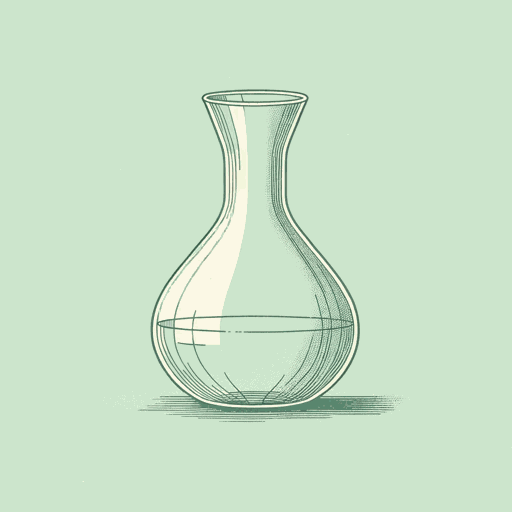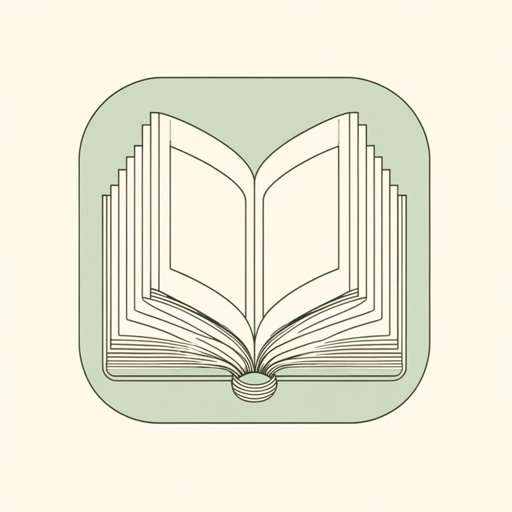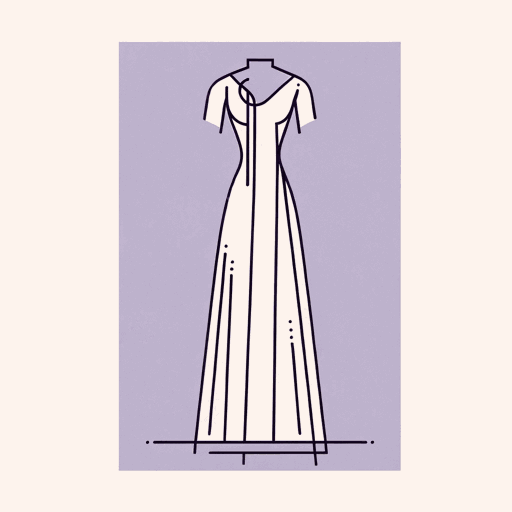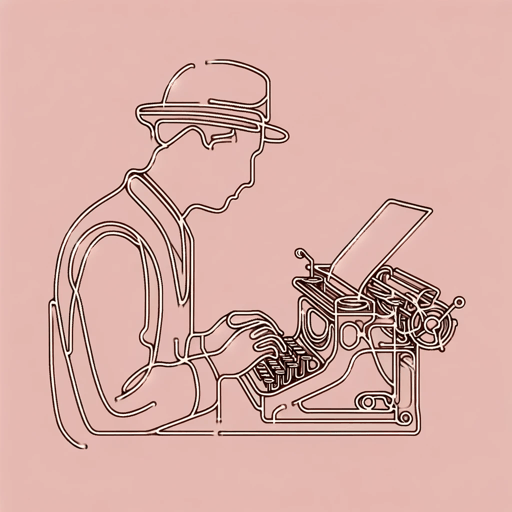21 pages • 42 minutes read
Gertrude SteinA Carafe, that is a Blind Glass
Fiction | Poem | Adult | Published in 1914A modern alternative to SparkNotes and CliffsNotes, SuperSummary offers high-quality Study Guides with detailed chapter summaries and analysis of major themes, characters, and more.
Themes
Seeing and Not Seeing
Gertrude Stein addresses the theme of seeing in the poem's title when her speaker refers to the carafe as a "blind glass." This implies that the carafe had the potential for sight but cannot see. It's blind, so its imputed eyes don't work like they're supposed to.
Then again, perhaps the speaker doesn't mean "blind" in such a literal fashion. Maybe the blindness doesn't involve personification or the speaker's wish to confer human attributes on the carafe. Instead, blindness says something about the relationship between the speaker and the carafe. The carafe can't see the speaker because the speaker isn't a person, so, in a sense, the speaker is articulating a relatively straightforward fact about the speaker. The carafe can't see itself, and it can't perceive its "arrangement on a system," so it's up to the speaker, who can see, to describe the carafe.
The "spectacle" (Line 1) continues the theme of sight, as spectacle alludes to glasses. At the same time, spectacle might symbolize the speaker since the speaker serves as the eyes of the poem, with the reader witnessing the carafe through the speaker's eyes. The carafe the reader confronts is the carafe rendered by the speaker.
Related Titles
By Gertrude Stein






